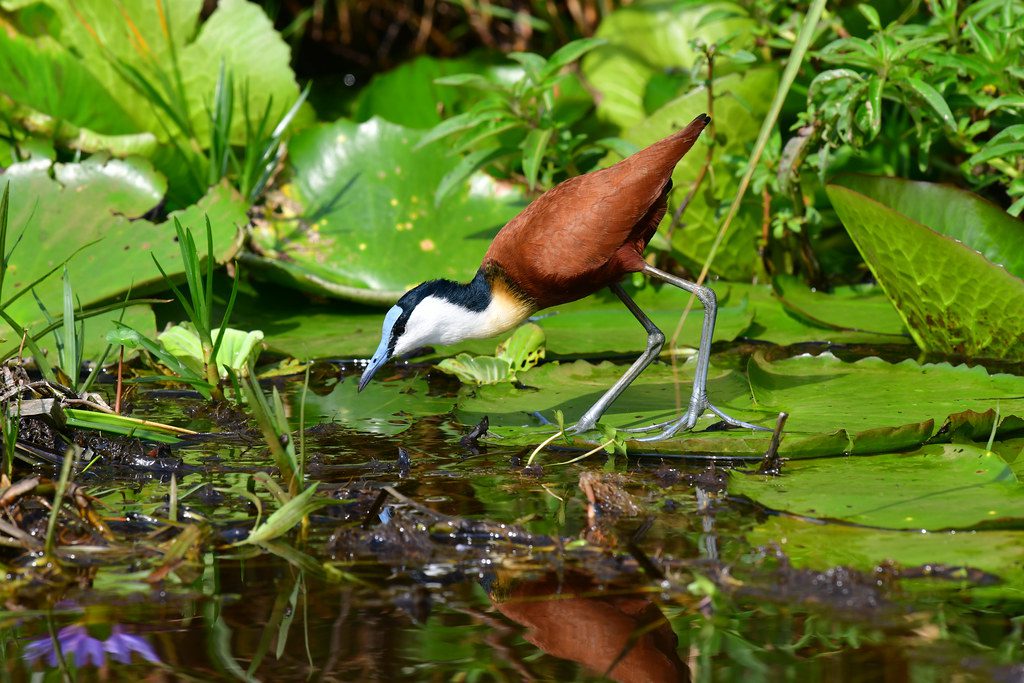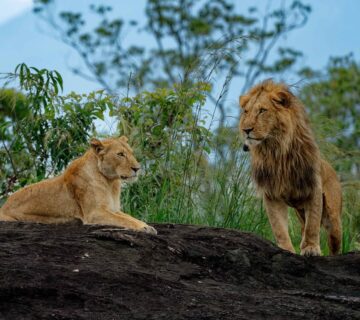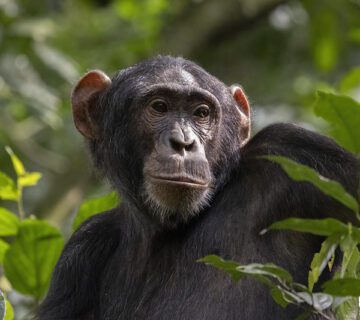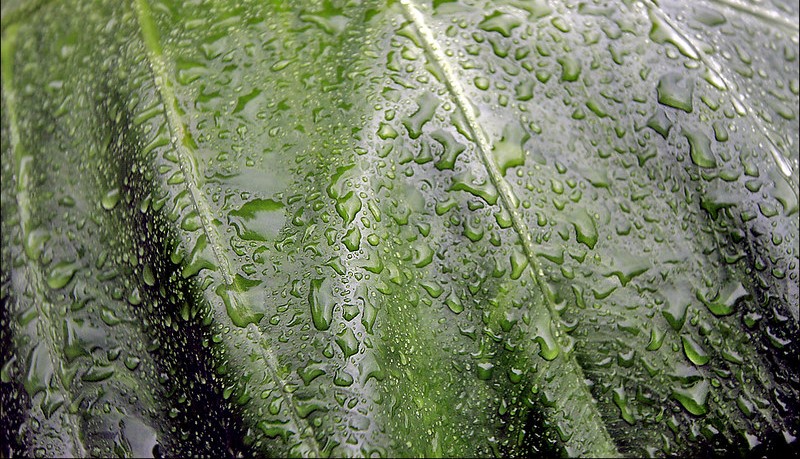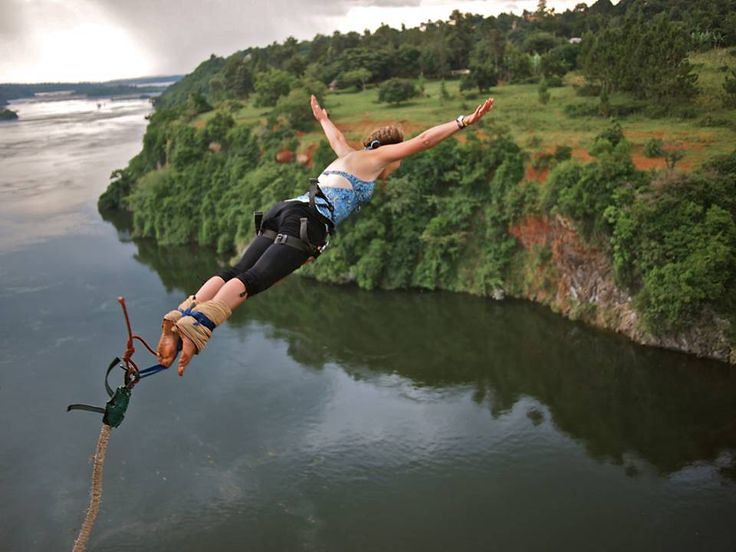Mabamba Swamp, located along the shores of Lake Victoria in Uganda, is a hidden jewel that draws birdwatchers from all over the world. This one-of-a-kind and biodiverse wetland is a haven for both novice and experienced birders. Mabamba Swamp, known for its spectacular bird occupants, is a thrilling and immersive experience for anybody with an interest in ornithology.
Accessibility and Location of Mabamba Swamp
Mabamba Swamp is located in the Mpigi District, some 50 km west of Kampala, Uganda’s capital. Its proximity to the city makes it an ideal day excursion for visitors. The meandering roads that lead to the tranquil beaches of Lake Victoria provide access to this ecological beauty. Once there, travellers can embark in traditional canoes or motorised boats to negotiate the swamp’s complex canals.
A Birdwatcher’s Dream
- Shoebill Stork: Mabamba Swamp is most famous for being one of the best places in the world to spot the elusive shoebill stork. Standing at over four feet tall, with a massive shoe-shaped bill, these prehistoric-looking birds are a top attraction for birders. Seeing a shoebill in the wild is a rare and exhilarating experience, and Mabamba offers one of the best chances to witness these magnificent creatures.
- Rich Avian Diversity: Beyond the shoebill stork, Mabamba Swamp boasts an impressive array of over 260 bird species, both resident and migratory. These include the African jacana, malachite kingfisher, pied kingfisher, swamp flycatcher, papyrus gonolek, and many more. Birdwatchers can also spot a variety of herons, egrets, and ibises gracefully wading through the swamp’s shallow waters.
- Migratory Birds: Mabamba Swamp serves as a vital stopover point for numerous migratory birds, making it a dynamic location for birdwatching year-round. During the migration season, visitors can witness flocks of European and Asian species such as the northern pintail and the black-tailed godwit.
- Papyrus Endemics: The swamp is predominantly covered in papyrus, a tall, reed-like plant that creates a unique habitat for several bird species. The papyrus gonolek, papyrus canary, and white-winged warbler are just a few of the species that call this environment home.
- Guided Tours and Local Expertise: To maximize the birdwatching experience, it is advisable to take guided tours. Local guides are not only knowledgeable about the birdlife but are also skilled at navigating the swamp’s intricate channels. They can locate hidden treasures and share their insights into the birds’ behavior and habitat.
Sustainability and Conservation of Mabamba Bay
Mabamba Swamp and its avian species are being protected. Local communities, conservation groups, and the Ugandan government are collaborating to create a balance between tourism and preservation. Sustainable tourist practises and community-based initiatives have contributed to the preservation of this natural beauty for future generations.
Visitors are advised to observe appropriate birding practises, such as keeping a respectful distance from the birds and their nesting locations, refraining from making loud noises, and not littering. Birdwatchers may help to save Mabamba Swamp’s fragile habitat by following these suggestions.
In Conclusion, Mabamba Swamp is a birder’s paradise that provides nature enthusiasts and bird lovers with a unique journey. Its great bird variety, gorgeous environment, and opportunity to see the distinctive shoebill stork make it a must-see trip for anybody who appreciates nature. Mabamba Swamp serves as a brilliant example of the beauty and relevance of these unique ecosystems as we work to safeguard and restore the world’s treasured wetlands and the wildlife that call them home.

